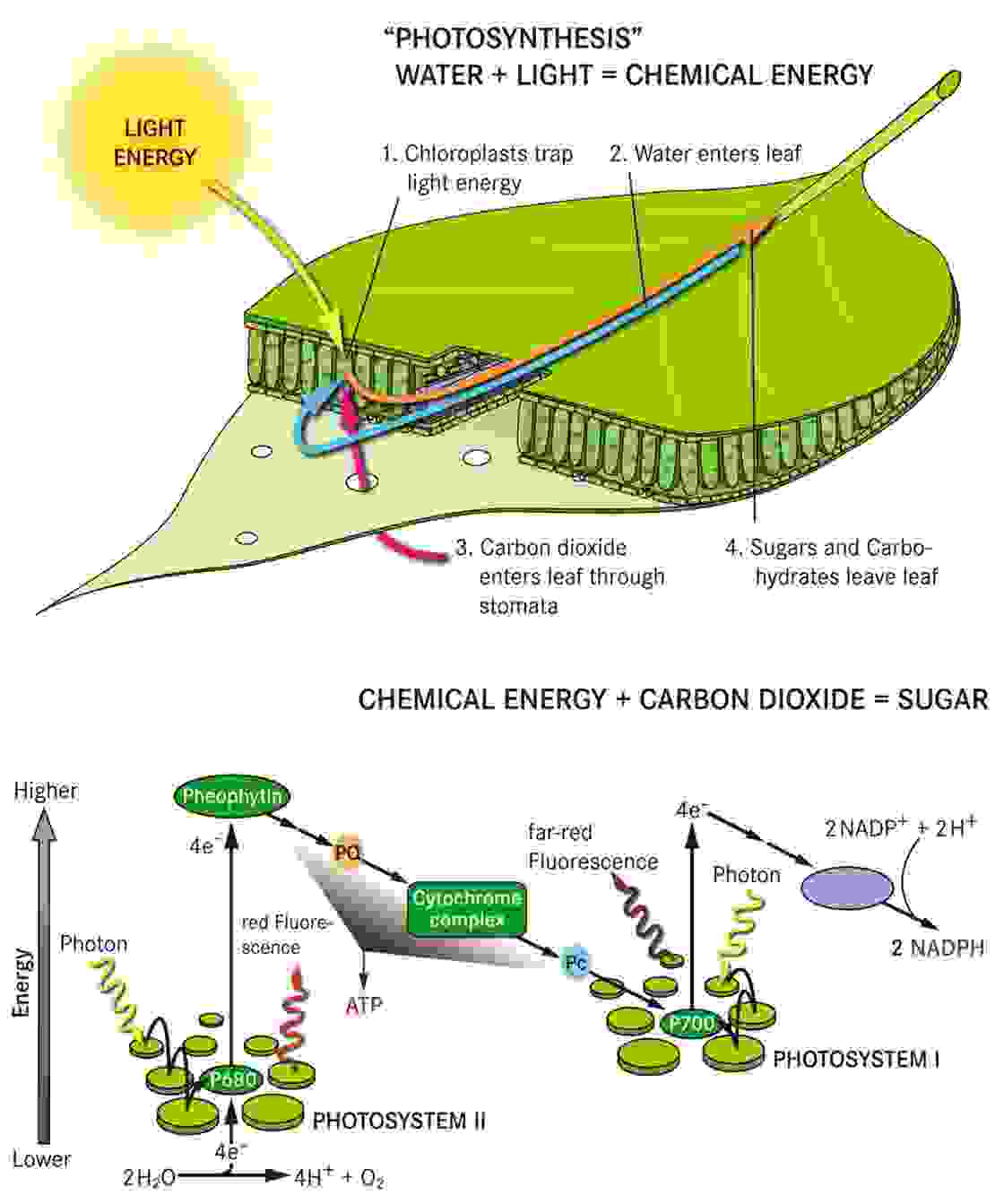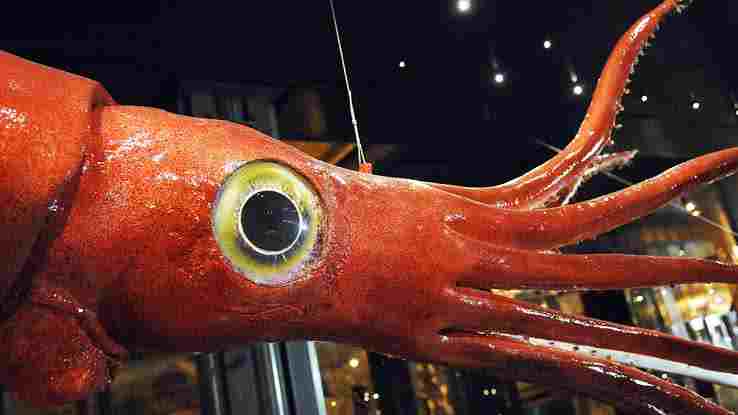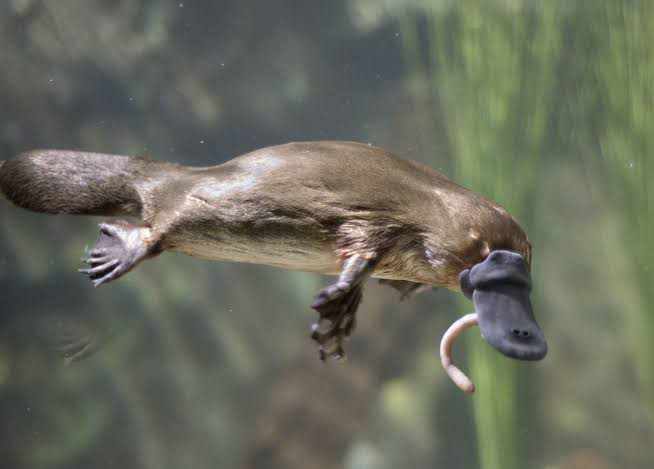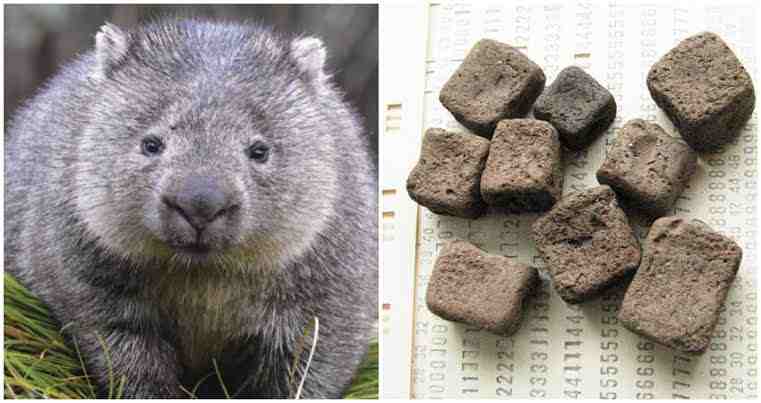 Alfred Ajibola
- Sat, 25th May, 2019 @ 7:11 PM
Alfred Ajibola
- Sat, 25th May, 2019 @ 7:11 PM
Topics in Biology
Cellular respiration in biology Len Academy biology mock questions for waec Len Academy biology midterm questions for SS1, 2nd Term Characteristics of saltwater habitat Aquatic habitat explained with its types Types of habitat: Terrestrial habitat explained with examples What is habitat? Difference between plant cell and animal cell Nucleus explained with its structures Nucleus explained with its types and functions Organelles of the cell explained with their characteristics Eukaryotic cell explained with its characteristics Prokaryotic cell explained with its structure Characteristics of prokaryotic cell Concept of cell Cell theory in biology Importance and limitations of ecological pyramid Protists explained with their characteristics Contents of the scrotum: Epididymis, vas deferens, spermatic cord and cremaster muscle Tropical savanna explained with its characteristicsAcademic Questions in Biology

From the above diagram, which of the organ below isn't a requirement for the male reproductive system?
A. Bladder
B. Ureter
C. Glans Penis
D. Testis
E. Bulbourethral Gland
F. Epididymis
A walnut shaped male accessory sex organ located between the bladder and penis is the _____.
A. Ductus Ejaculatorii
B. Bulbourethral Gland
C. Prostate Gland
D. Ductus Deferens
E. Seminal Vesicles
F. Epididymis
In a food chain, the primary consumers are classified under trophic level _____.
A. Zero
B. One
C. Two
D. Three
E. Four
F. Five
Cold blooded animals are referred to as _____.
A. Homeotherms
B. Endotherms
C. Poilokitherms
D. Ectotherms
E. Thermotherms
F. None of the above
All reptiles are vertebrates.
A. True
B. False
_____ cells are responsible for the formation of osteoblasts.
_____ is a bone that constitute the axial skeleton.
Which of the following is false concerning cartilages and bones?
One of the characteristics of living organisms is their ability to feed. This process of feeding is what nutrition entails. In fact, nutrition is one of the basic characteristics of life.
Please read more on the basic characteristics of life here.
Nutrition can be defined as the intake of food or nutrients by living organisms, to be used for growth and every other processes required for the orgnism's survival.
Regarding nutrition, an organism will either manufacture its own food or depend on ready-made food. For this reason, the mode of nutrition can be grouped into two major classes. These are:
Autotrophic nutrition
Heterotrophic nutrition
In this article, we will explain the processes involved in autotrophic mode of nutrition.
In autotrophic nutrition, organisms are able to manufacture or produce their own food. In this regard, organisms that manufacture their own food are referred to as autotrophs.
Autotrophic nutrition can be put into two types. These are:
In photosynthetic nutrition, organisms manufacture their food by utilizing carbon(IV)oxide (CO2) and water (H2O) in the presence of sunlight. This process is termed photosynthesis and all green plants photosynthesize.
Photosynthesis is defined as a process whereby green plants manufacture sugars (food) by utilizing carbon(IV)oxide (CO2) and water (H2O) in the presence of light energy (sunlight) while giving off oxygen (O2) as a by-product.
The equation below expresses the definition of photosynthesis.
6CO2 + 6H2O -> C6H12O6 + 6O2
Although not seen in the equation; light energy and chlorophyll are also crucial for a successful procedure of the photosynthetic reaction.
Photosynthesis occurs in a plant’s leaf. The leaves of plant contain an organelle named chloroplast. In fact, it is this chloroplast that houses the chlorophyll.
The chlorophyll gives the plant’s leaf its green coloration. Also, it is the chlorophyll that traps sunlight energy.
Note: In plants, photosynthesis and reproduction are entirely two different processes. Photosynthesis occurs in the plant's leaf while sexual reproduction in plants take place in the flower.
You can read on plants' sexual and asexual reproduction here.
An endothermic reaction is a reaction that absorbs heat from its surroundings. Photosynthesis is an endothermic reaction since it requires sunlight energy. Meanwhile, understand that it isn't every stage in the process of photosynthesis that requires sunlight.
You can read on the sun and solar system here.
Photosynthetic reaction is put into two stages or reaction. These are:
Light stage or light reaction
Dark stage or dark reaction
This stage of photosynthesis occurs in the presence of sunlight, that is; during the day. The chlorophyll present inside the chloroplast in the plant’s leaf traps the light or solar energy.
Recall that the reactants in a photosynthetic reaction are carbon(IV)oxide and water molecules (see the photosynthetic equation above). The trapped light energy is used for breaking down or splitting water molecules into hydrogen ion (H+) and hydroxyl ion (OH-).
The process of splitting water into hydrogen ion (H+) and hydroxyl ion (OH-) in the presence of sunlight is referred to as the photolysis of water. It is shown in the equation below:
4H2O -> 4H+ + 4OH-
Note: The co-enzyme NADH is reduced to NADPH during the photolysis of water. Also, ATP is formed during this process.
NADH means Nicotinamide Adenine Dinucleotide
NADPH means Nicotinamide Adenine Dinucleotide Phosphate
ATP means Adenosine TriPhosphate
During the photolysis of water, the formed hydroxyl ion is further oxidized into water and oxygen as shown in the equation below.
4OH- -> 2H2O + O2
The oxygen given off as a by-product of photosynthesis comes from the light stage or reaction.
The diagram below explains the light and dark stages of photosynthesis.

The sun is regarded as the ultimate source of energy. This is a statement of fact since the process of photosynthesis depends on solar (or sunlight energy).
Without the sun, there will be no green plants. Consequently, without green plants, there will be no animals. In short, there will be no flow of energy as seen in food chain.
Please read on food chain here.
This stage of photosynthesis occurs in the absence of light, that is; at night.
During the dark stage, the ATP is utilized as carbon(IV)oxide is taken in through the stomata of the plant’s leaf. Meanwhile, you can think of the stomata as an opening in the plant's leaf where gases like carbon(IV)oxide and oxygen enter and exit the plant.
Carbon(IV)oxide reacts with the hydrogen ion (4H+) produced from the initial light reaction. After a series of step by step reaction, (with each step controlled by a specific enzyme); sugar (or food) is manufactured, produced or formed.
The dark reaction is shown in the equation below:
4H+ + CO2 -> C6H12O6 + H2O
Note: C6H12O6 is the chemical formula for simple sugar.
It is worthy of note to state that the sugar produced in photosynthesis occurs in the dark stage or reaction. However, all green plants, blue-green algae, spirogyra and some protists carry out photosynthesis.
Please read more on protists here.
Organisms that manufacture food in a chemosynthetic manner do not require sunlight energy, rather chemicals are utilized here.
Chemosynthetic organisms (also referred to as chemotrophs) synthesize their food from the oxidation of simple inorganic substances (chemicals) like carbon(IV)oxide (CO2), ammonia (NH3), nitrite(NO2) and water (H2O).
At the moment, you can consider oxidation as a chemical reaction that involves oxygen (O2).
Bacteria like nitrosomonas and nitrobacter make use of chemosynthesis in the manufacture of food. This is shown in the equation below:
2NH3 + 3O2 -> 2HNO3 + H2O + Energy
HNO2 + O2 -> HNO3 + Energy
Kindly share this article via the links below:

Please click here to contact Alfred if you require any of the following services:
If you need a standard website at an affordable price.
Online training on the academic subjects: biology, chemistry and basic science.
If you require an advanced smart school management system (web application) for your school.
Click here to read on Len Academy Smart School Software.
Please click here to follow Len Academy on Google News.
Amazing facts in Biology
Russia is home to the largest area of forest in our world with a land mass of 815 million hectares

Giant squid lives deep in the ocean and they have the largest eyes in the world
The movements of the fingers are controlled by muscles of the palms and forehands

Platypus (sometimes referred to as the duck-billed platypus) is an egg-laying, semiaquatic mammal found in eastern Australia. It has no stomach and as such, its food goes from the mouth through the esophagus and directly to their intestines.

Pufferfish contain a toxin called tetrodotoxin. This makes them foul tasting and poisonous to predators. Tetrodotoxin is about 1,200 times more poisonous than cyanide, and there is enough toxin in one pufferfish to kill 30 adult humans. Unfortunately, there isn't any known antidote to this poison.
Interestingly, a delicacy in Japan (called fugu) is made from pufferfish. This meal is very expensive, and must be prepared by trained and licensed chefs. An improper preparation of fugu may lead to the customer's death. Sadly, such deaths are recorded annually

Wombats are the only animal with a cube-shaped poo. They can stack up these cube-shaped poo, marking their territory with it

Robert Wadlow (1918–1940) remains the tallest man ever recorded in the Guinness World Records. He was an American who stood at 8 feet, 11 inches.
An abnormally enlarged pituitary gland had resulted into Robert Wadlow's giant size.
Cockroach is the fastest land animal on six legs

Like humans, all apes laugh when tickled

An ostrich's eye is bigger than its brain
Notable points in Biology

An artery is composed of three layers:
The outermost layer is termed tunica adventitia (or tunica external). It consist mainly of collagen fibres and connective tissues that anchors the arteries to other nearby tissues.
The middle layer is named tunica media. It is made up of smooth muscles and elastic fibres that supports the artery in conveying blood at high pressures.
The inner layer is called tunica intima (or tunica internal). It is lined by a smooth tissue called endothelium, and is made up of a fine network of connective tissues.
All living organisms possess various features in order to survive in their environment. This is the concept of adaptation. As an instance, a fish is able to live in water because it has gills and fins.
Also, a camel is able to survive in the desert because it has large feet to aid walking on sand without sinking. It also has long eyelashes to help protect it from the blowing sand and wind.
Plants are also able to live in different habitats because they have the required adaptive features towards that habitat. For instance:
Plants that live in/on water are termed hydrophytes.
Plants that live on land with moderate amount of water are termed mesophytes.
Plants that live on deserts or arid lands are termed xerophytes.
The point is:
All organisms have various features on them that enables them adapt in their habitat
For a thing to be considered living, it must possess all the basic characteristics of life. These include:
Movement
Respiration
Nutrition
Irritability or Sensitivity
Growth
Excretion
Reproduction
Death
Adaptation
Competition
Please read the explanations on all the basic characteristics of life here
During strenuous exercises like sprinting or running, your body may actually work in the shortage of oxygen. During this time, your body owes oxygen (called oxygen debt) and it must be replenished or repayed after the exercise is stopped. This is why you breathe excess of oxygen after you stopped the exercise.
This is the concept of anaerobic respiration

A food chain is a diagram that shows the relationship between plants and animals within a habitat on the basis of how they rely on each other for food.
Note: Habitat is a place where an organism live. It is of three types: